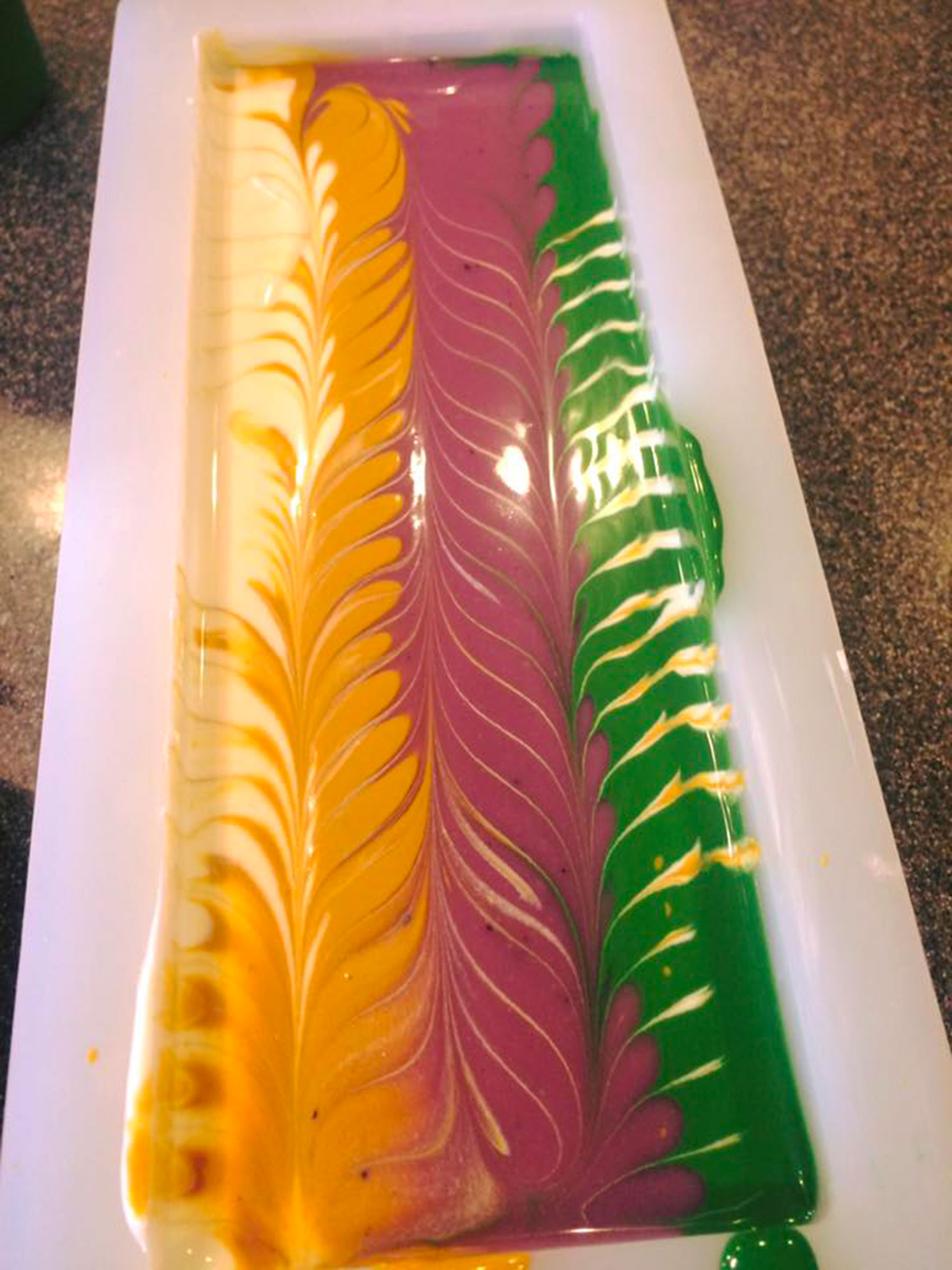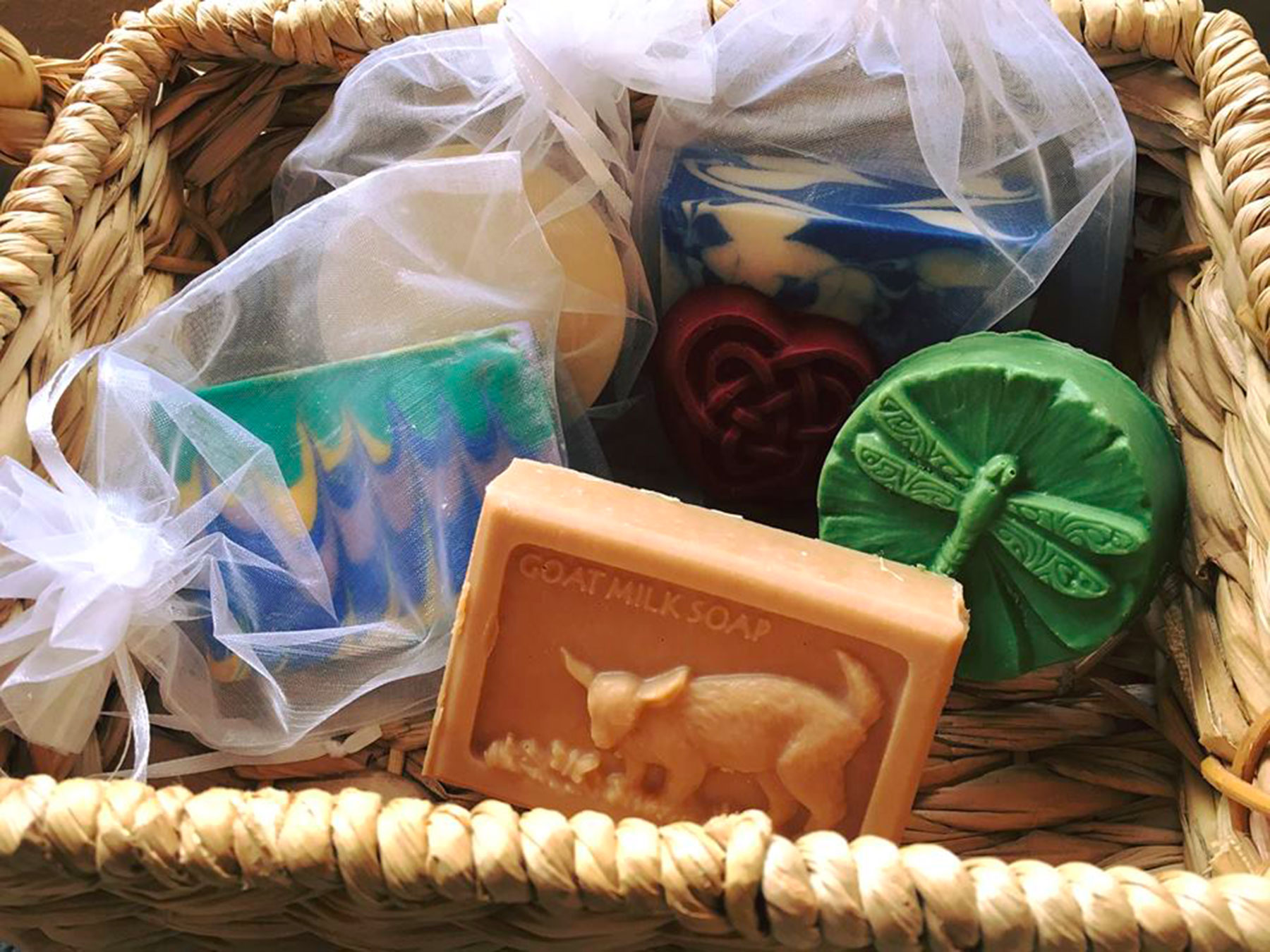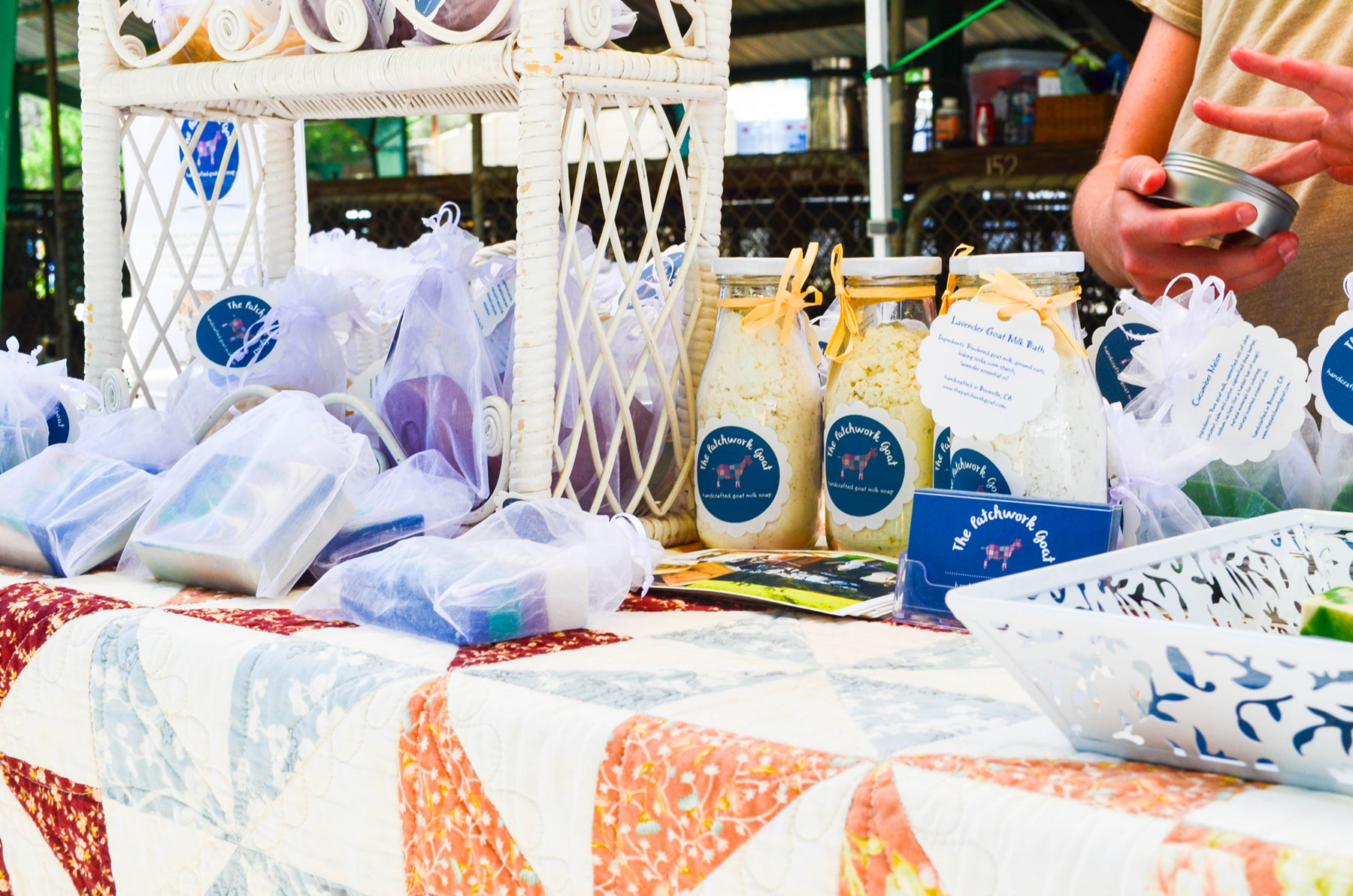When you’re drowning in goat milk, it’s time to make Goat Milk Soap

by Alison Smith
You can make soap with virtually any oil or fat you have in your pantry. You can make it with only rendered animal fat, lye, and goat milk (or water). You can make pure castille soap out of old olive oil, water and lye. Or you can make soap with any variety of different oils for various qualities they possess. For instance, lard and castor oil will produce a better, thicker lather. Coconut oil helps to produce a harder bar of soap and large bubbles, but too much can be drying on the skin. Grapeseed oil helps provide a slickness and smoothness that is good for shaving soaps, while hempseed oil is rich in Vitamins A and E and fatty acids. Palm oil also provides larger, fluffier bubbles without the stickiness that accompanies some bar soaps. We recommend that you always use sustainably sourced oils for any that you don’t produce yourself.
The wonderful thing about soap making is how versatile it is. The easiest for beginners is the melt and pour method, which uses premixed and saponified soap bases. You melt the base, then add extra goodies like herbs, colors, scents or essential oils. This method is perfect for soap-making with kids since there is no risk of lye burns. It also works well for those who want to make intricate designs with their soap.
Cold process soap is the traditional way of making soap. We add lye to goat milk (or water) and mix with hot oils. Then you add whatever colors, herbs, essential oils or other additives you want before pouring into some sort of mold. Cold process soap takes 4-6 weeks to cure before you have a finished bar of soap. Most of the saponification process takes place over the first 48 hours, and the rest of the time hardens the soap. The longer the soap cures, the milder it gets and the longer it will last.
Hot process soap is cooked in a crock pot or double boiler to speed up the saponification process. This provides less room for creativity in design but is ready to use in as little as 1-3 weeks.
There are almost an infinite number of recipes for soap making. What used to be an arduous process of looking up saponification factors has become much simpler thanks to online “lye calculators”—you just enter the weights of all your ingredients and the calculator will tell you how much liquid and how much lye you will need to create your soap. When you add lye to goat milk or water, the chemical reaction instantly heats up the liquid. If you are using water, just make sure you add the lye slowly to the water while stirring and then let the lye water cool down to match the temperature of your oils. When using goat milk, however, it’s vital not to let the milk get too hot or it will scorch, turn bright orange and smell terrible. We always use frozen milk and add the lye slowly enough to keep the temperature below 90°F. Following these basic guidelines, you will create a wonderful goat milk soap to share with family and friends.
Please note: when working with lye, you must use protective gloves, goggles and wear long sleeves. It is very caustic and can cause severe burns if you get it on your skin.
The Patchwork Goat can be found at the Boonville summer Farmer’s Market, Lauren’s Restaurant, the Domaine Anderson tasting room and at www.thepatchworkgoat.com. Alison Smith works at the UC Hopland Research and Extension Center studying models of sustainable sheep ranching, wildlife ecology, climate change and rangeland management. Her partner, Casey Sanderson, teaches at Anderson Valley Elementary.



